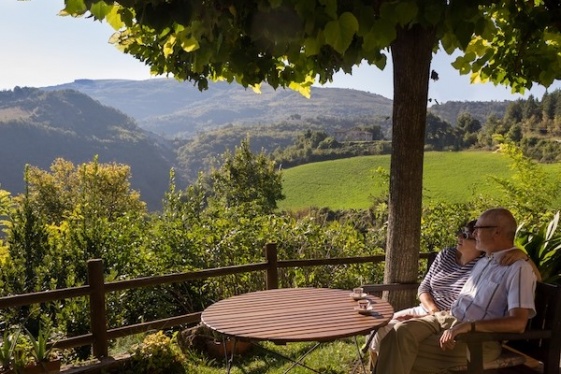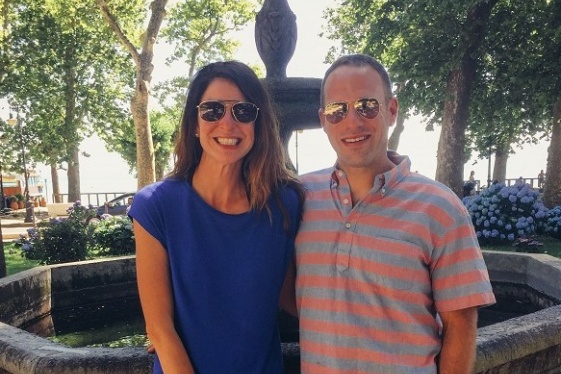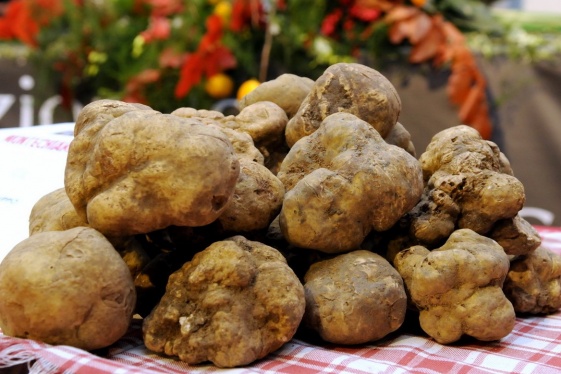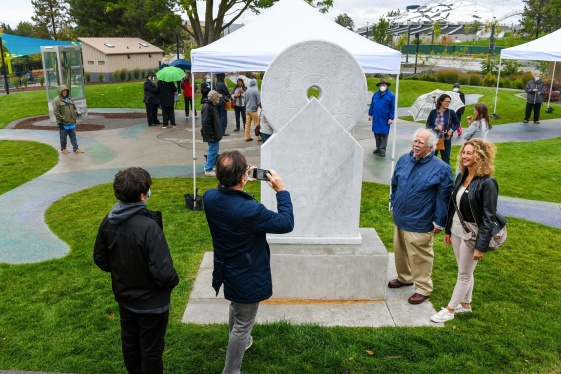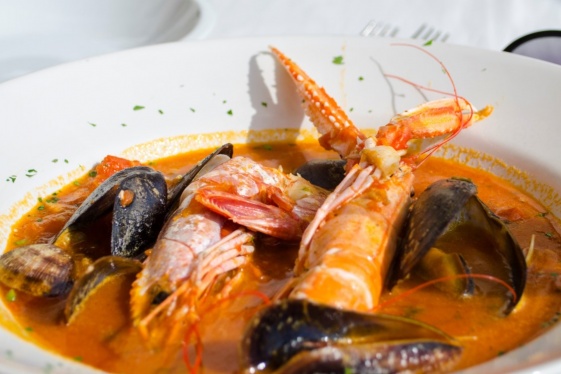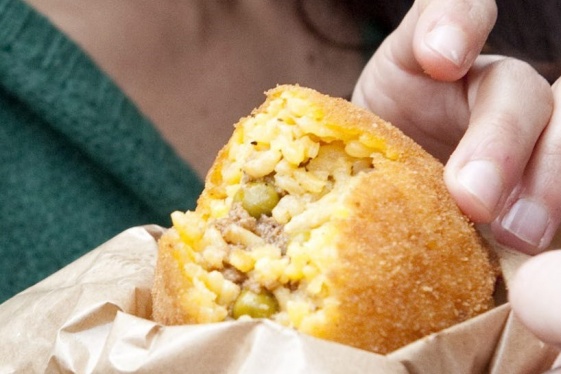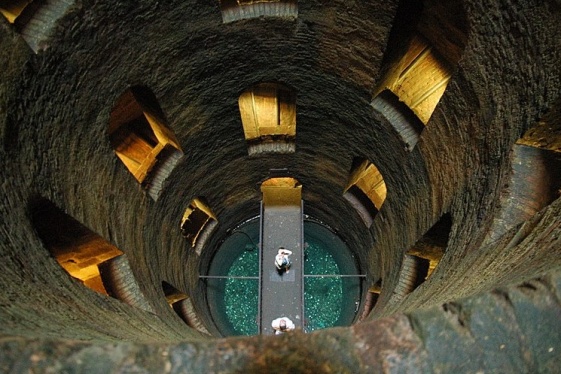

The toponym should come from, for lexical corruption, the Massa Afraniana, a roman latifundium which belonged to the gens Afrania, an important family that had possessions in the territory.
THE NEOCLASSICAL ARCHITECTURE OF ANDREA VICI
It takes a while to walk the historical center of Offagna, but it is worth lingering on the details, observe calmly, compare today with the things of yesterday. One can admire, for example, in the main street of the village, the nineteenth century window that was part of the ancient Monte di Pietà. Another sign can be found in the Church of the SS. Sacrament built by the architect Andrea Vici, who landed in Offagna after having worked with the Vanvitelli at Reggia di Caserta. The church, dated 1787, is a jewel of the neoclassical style, appreciated for its formal purity and for the amazing location at the crossroads between two streets.Taking back via dell’Arengo, you arrive at the Rocca passing by the Town Hall and the Monastery of Santa Zita, another remarkable work of Andrea Vici. Built in 1767 inside the walls, the monastery has fortified but modest structure. The Rocca (1454-56) is a remarkable example of military architecture between the Middle Ages and the Renaissance. Of quadrangular shape, it rests on a volcanic rock , the semicircular tower that closed the city walls at north east is still visible. Along the solid walls runs the path of ronda. The weapons Museum and the Museum Paolucci, inside the fortress, are a must see. From the square of the town we head toward the Church of Santa Lucia (1372). Inside, there are two seventeenth century paintings. Andrea Vici has rearranged the sacristy after the discovery of the remains of a martyr in 1761.
There are still two famous places to visit: villa Montegallo, situated on a hill facing the sea, is just outside the historic center. Its enlargement was by Andrea Vici. The original body (seventeenth century) was wanted by the Cardinal Antonio Maria Gallo. Its function was the one of an aristocratic residence in campaign where the owners could relax and dedicate to activities such as hunting. Same thing for Malacari Villa, (1668) and equipped, already at that time, with warehouses, cellar, frantoio, stables, prefiguring, thus, its current usage as winery. Even here, the garden is wonderful.
LOCAL PRODUCTS
The Rosso Conero DOC and DOCG Conero Grigiano Reserve wines are of this generous land that also offers exquisite products of butchery, extra virgin olive oil, honey, essential oils and natural cosmetics.
The Crescia Fogliata is common in the local cuisine (traditional walnut, a sort of piadina cooked over coals, served with foie de campo, a mixture of particular herbs gathered in the fields around the village, which are boiled, drained and stirred in the pan with salt, garlic, rosemary. For meat lovers there is roasted rabbit and stuffed pork. In winter, cookies with must (a type of wine) are a must.
You may be interested
-
'How I got an elective residency visa to reti...
After having traveled to Italy numerous times, around 2012 it dawned on us that Italy migh...
-
'I'm not worried, even though I really am': L...
The people in our village of 1400 in east-central Italy are very friendly and gregarious....
-
'The lessons we've learned from 10 years runn...
Organic farmer and innkeeper Ashley Bartner admits that her move to Italy "didn’t really m...
-
'Truffle tourism' worth 63 million euros in I...
Truffle fairs and truffle hunting tours have attracted some 120,000 visitors to Italy this...
-
‘Linked together’: Riverfront Park sculpture...
A new 1,300-pound marble monument showcasing the artistic traditions of Cagli, Italy, and...
-
“Ma quale cucina povera!” Fish soups of Italy...
These days, when you think of fish dishes, the last thing that comes to mind is the idea o...
-
10 Delicious Things To Eat In Italy Besides P...
Most travelers visiting Italy have dreams of days filled with pizza, pasta, and gelato. Wh...
-
10 ideas for celebrating Halloween in Italy
When you say Halloween in Italy, there are still those who turn up their noses because we...



